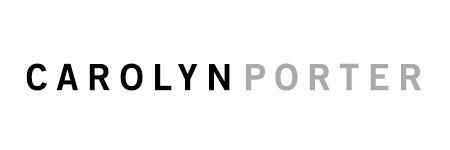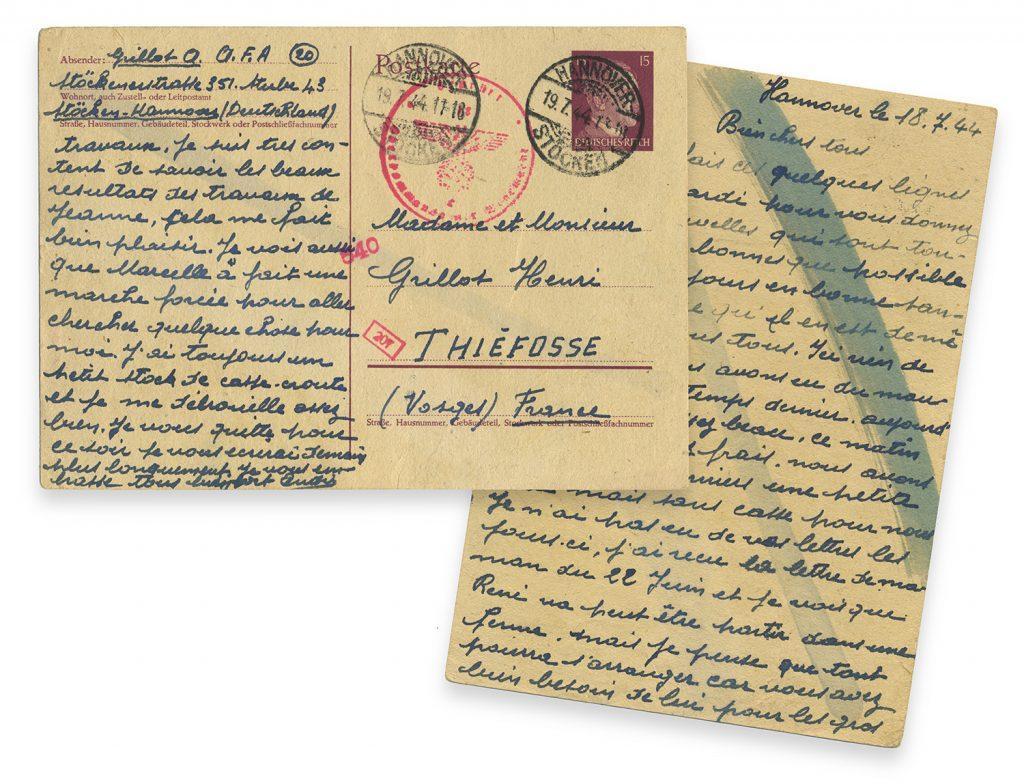July 18, 1944: “I still have a little supply [of food] for snacking.”
A.Grillot
Stöckenerstrasse 351, Stube 43 [351 Stöckener Street, Room 43]
Stöcken-Hannover
Hannover, July 18, 1944
To all of my very dear ones,
I’m sending these few lines to you this evening, Tuesday, to give you my news, which is still as good as possible.
I am still in good health and I hope that it’s the same for all of you. There’s nothing new. We had some bad weather recently. Today it’s rather nice, this morning it was rather cool. In recent days we had a little alarm but not a problem for us. I haven’t received any letters from you recently. I received the letter of June 22 from Mom and I see that René might leave the farm. But I think that everything will work out because you really need him for the heavy [side 2] work. I am very happy to know the fine results of Jeanne’s work. That really pleases me. I see also that Marcelle went to a lot of trouble to look for something for me. I still have a little supply [of food] for snacking and I’m managing fairly well. That’s all for this evening. I will write more to you tomorrow. Lots of love to all of you, [signature illegible]
———————
Translator’s notes:
1. The card was addressed to “Mr. and Mrs. Henri Grillot, Thiéfosse, Vosges, France.” Thiéfosse was a very small town, where a street address was not needed. Census records between 1836–2015 show a population between 568 and 790 at various times. It is still a very small town!
2. The Vosges Mountains are near Germany. This part of France was claimed by the Germans after the Franco-Prussian War in 1870–71, then returned to France after WWI, then became part of Occupied France, and again became French after WWII.
3. You can see the different shades of ink, probably indicating that the writer dipped his pen into ink after every 4 words or so, maybe until the ink started flowing more smoothly.
4. You can see the Nazi highcommand stamp, faintly.
5. There is no stamp showing how long it took for the card to arrive.
Additional note from Carolyn:
1. You can see two chemical censor stripes on the side with the mailing panel and three chemical censor swipes on the reverse. The third stripe is barely visible, and looks whitish in color. In addition to the chemical censor marks you can see three others (the red “540,” the red “207,” and red the Obercommando stamp)

